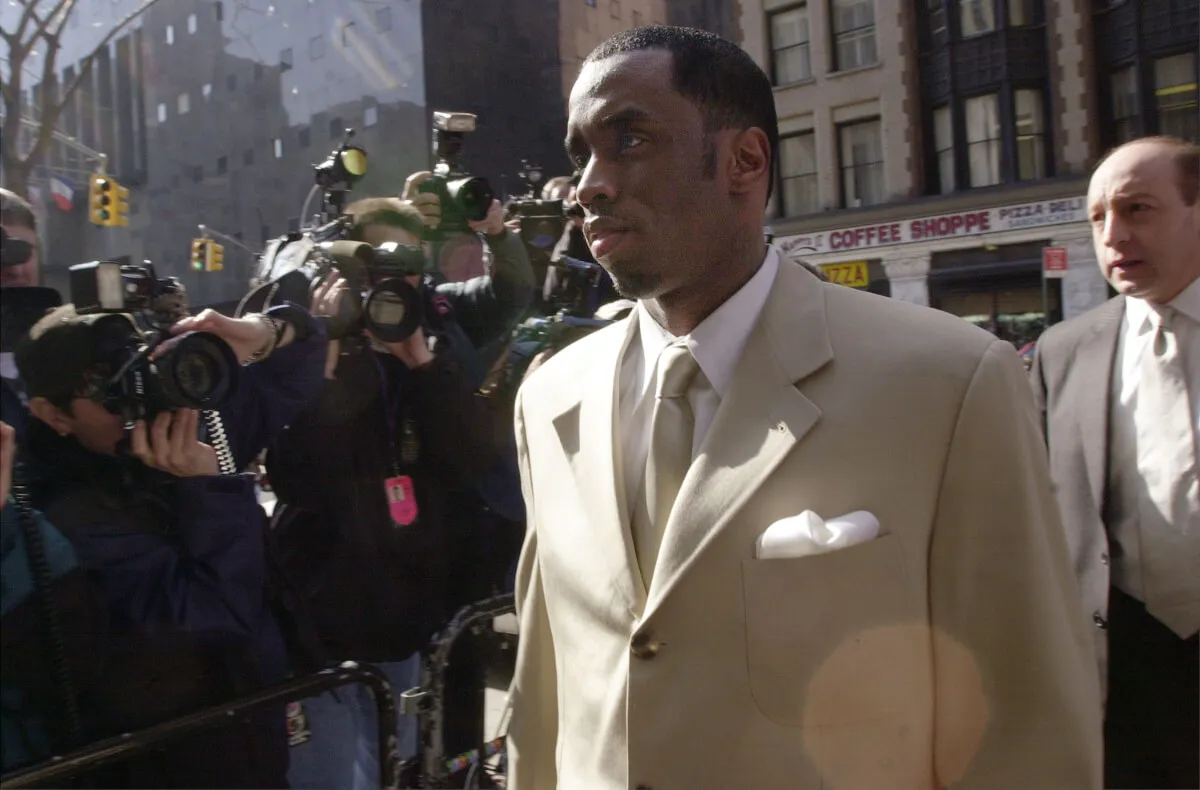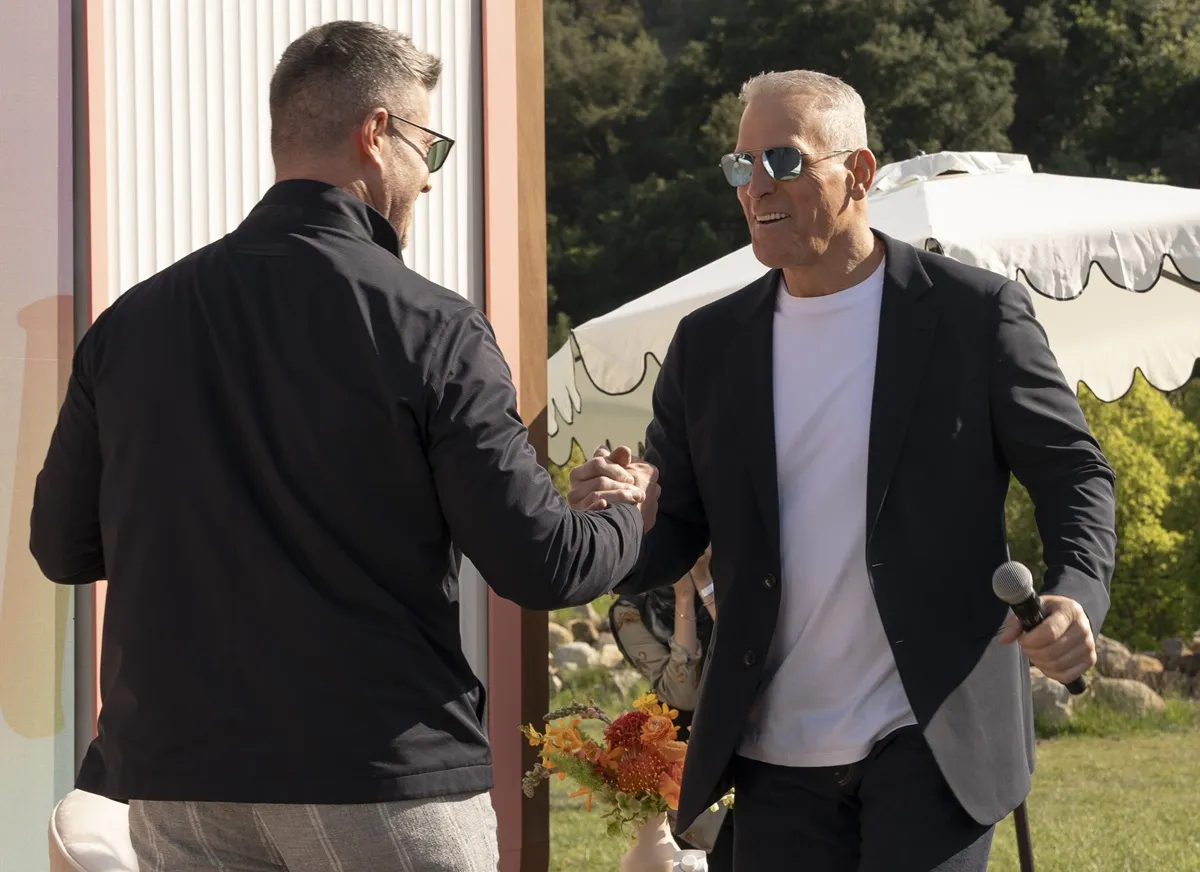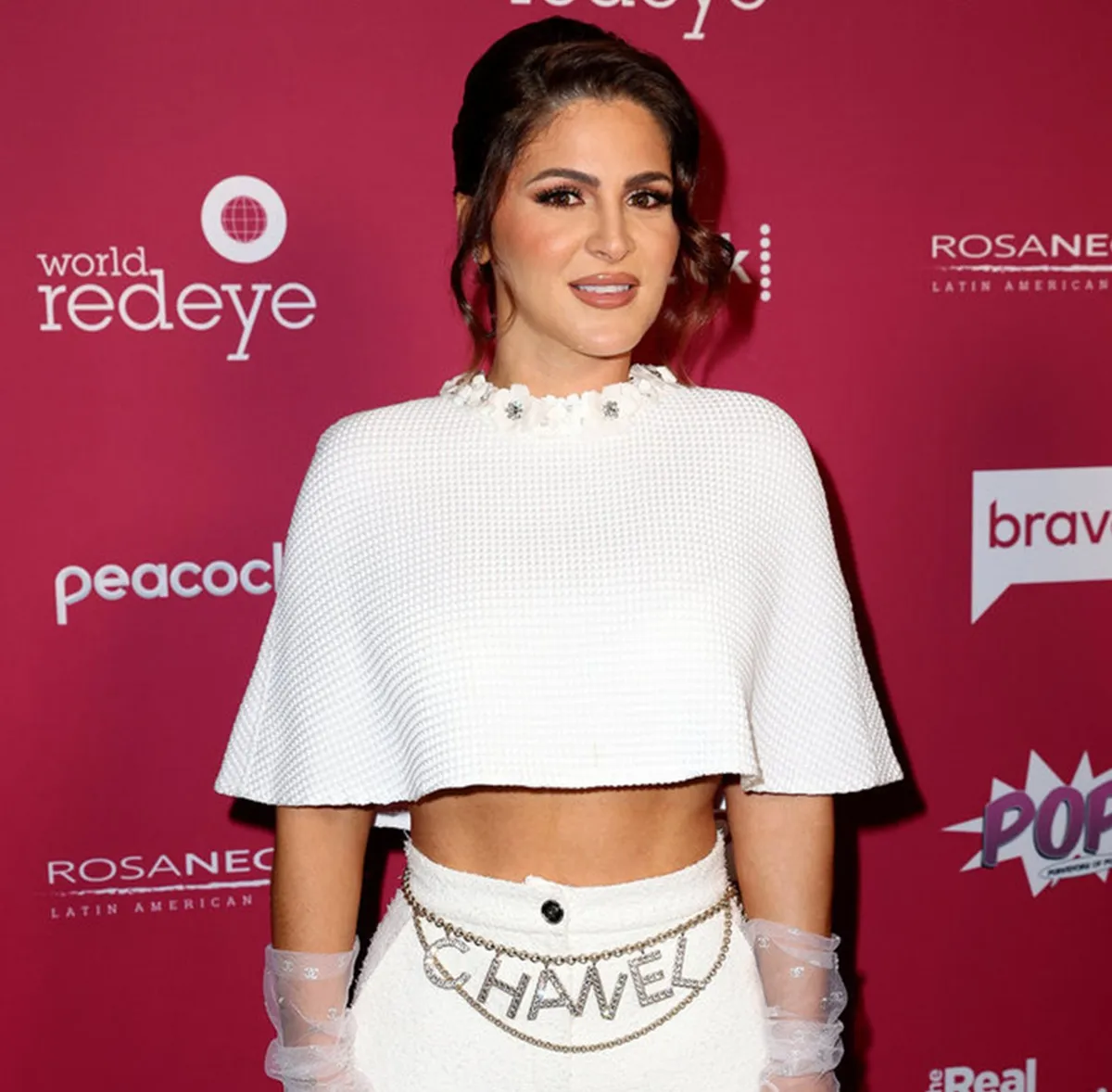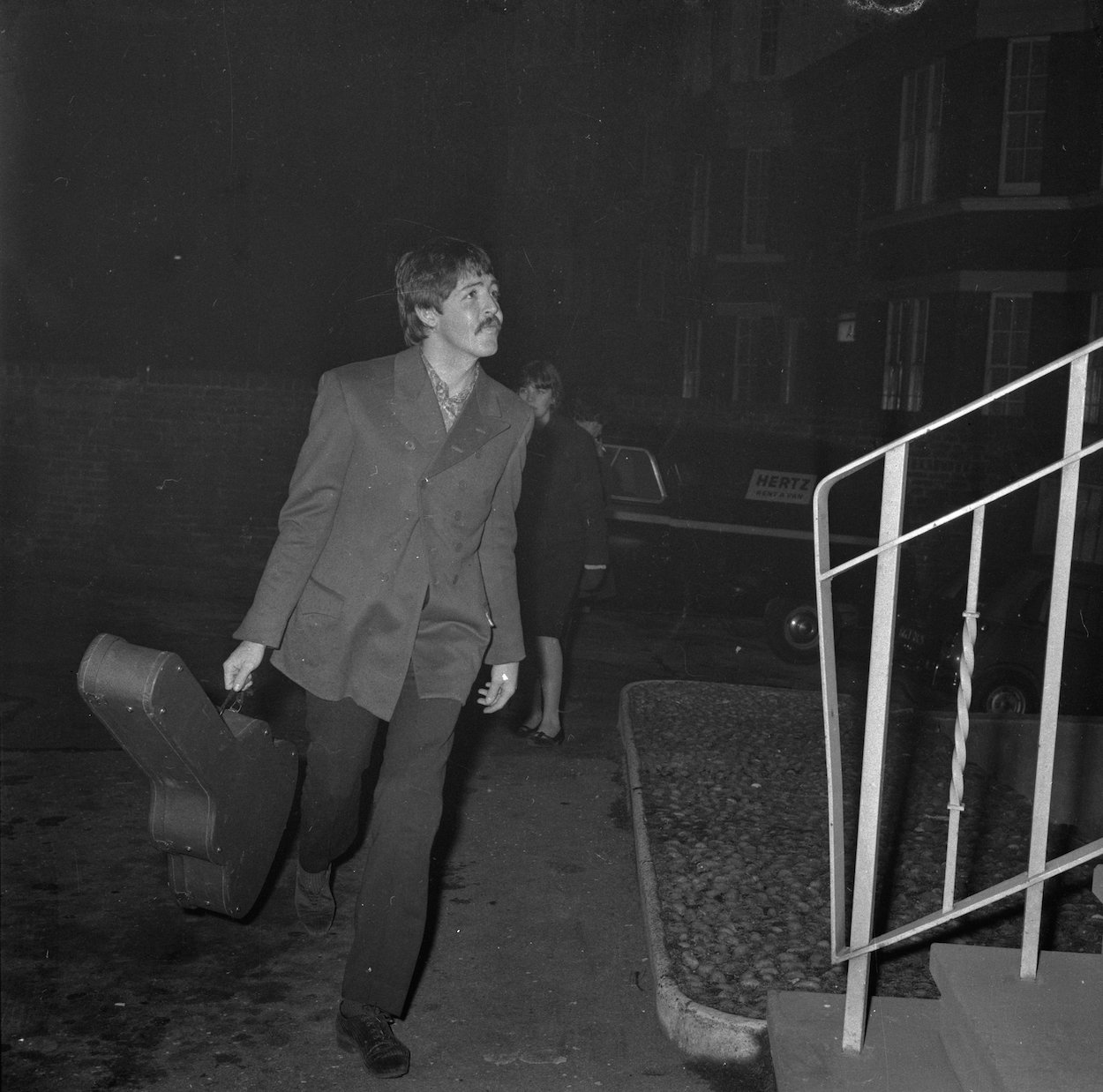
How Paul McCartney Saved History at Abbey Road Studios
Paul McCartney recorded some of his best songs at Abbey Road Studios. First with The Beatles and later with Wings, many of Macca’s legendary songs were committed to tape at the famous recording studio. Paul doesn’t plan to stop writing songs anytime soon. And why should he when he’s found chart success in the decades after the Fab Four split? The Beatles’ bass player has a talent for writing a tune, and he also has a generous streak. Paul helped save history at Abbey Road Studios years after The Beatles broke up.
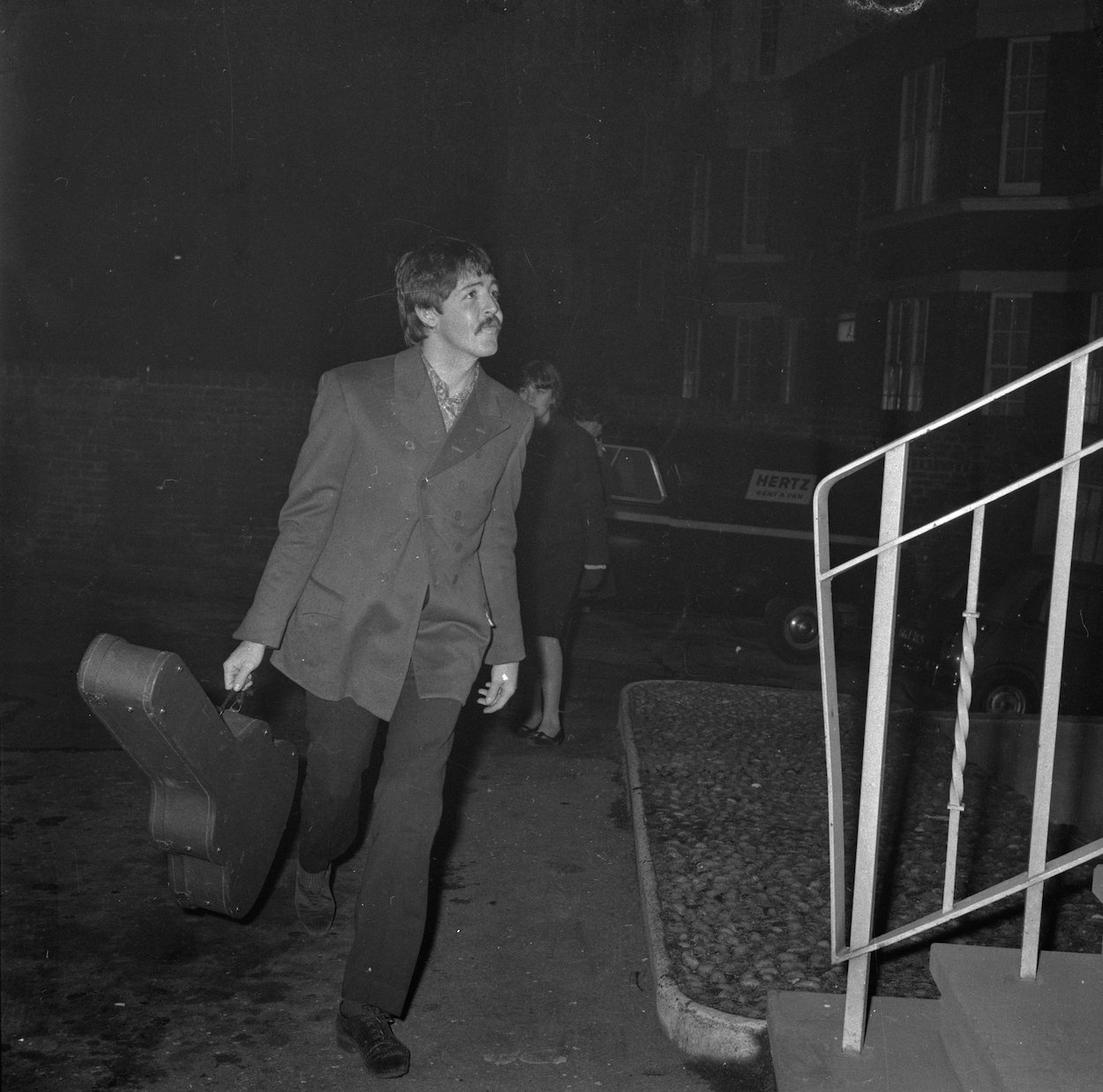
Abbey Road Studios fell on hard times at the end of the 1970s
Paul and The Beatles made Abbey Road Studios famous decades after it opened, especially after the Fab Four released the last album they recorded together in 1969 and named it after the studio. The famous cover photo, which Ringo Starr explained was a last-ditch idea, was taken outside.
They recorded there throughout their career, and The Beatles’ notoriety helped make the studio famous. Yet Abbey Road Studios, which opened in 1931, was nearly 40 years old when The Beatles called it a day in 1970.
For all its glory and groundbreaking albums recorded there (Pink Floyds’ The Dark Side of the Moon among them), Abbey Road Studios encountered hard times at the end of the 1970s. Smaller, more affordable facilities opened, and Abbey Road’s largest studio sat unused. When the owners had to sell off equipment just to keep the cash flowing, Paul helped save history.
Paul McCartney saved Abbey Road Studios’ history by taking some recording equipment
Mary McCartney, Paul’s daughter and the director of the 2022 Abbey Road Studios documentary If These Walls Could Sing, features her dad in the movie. Roughly an hour into the film, McCartney details how the studio struggled at the tail end of the 1970s.
The big-selling bands of the 1960s either broke up or recorded elsewhere. Abbey Road’s cavernous Studio One, used for orchestra recordings, sat empty. Having a fire sale was the only way to make income. In the movie, Paul explains he saved history by taking some of Abbey Road Studios’ equipment:
“I’d get phone calls from Ken Townsend, who ran the studio, and he’d say, ‘Oh, another group has taken over the ownership, and they’ve brought in accountants who say, ‘Do we need all this rubbish? What is this? Get rid of this. Sell it all.’ And he said, ‘Would you take it? Because I want to see [that] it’s got a good home. Someone who cares about it.’ So I took a lot of that equipment.”
Paul McCartney details how he acquired equipment from Abbey Road Studios
He doesn’t say it, but the implication is that Paul used some of his Beatles fortune to buy what Abbey Road’s owners were selling. Paul wrote in a 2020 tweet that he used equipment he acquired from Abbey Road on his 2020 solo album McCartney III.
Paul’s massive net worth wasn’t as large in the late 1970s and early 1980s as it is now. Still, he almost certainly had deep enough pockets to spend some of his Beatles income on Abbey Road’s choicest equipment.
Paul had almost no choice but to preserve what he could from Abbey Road
Paul swooped in and saved some pieces of Abbey Road Studios’ history when the studio boss urged him. Considering what the place meant to him then, he almost had to help.
Abbey Road was practically a second home for Paul and The Beatles. Ringo’s London apartment was just down the road. Paul lived close enough to walk there (Mary McCartney shows a photo of Paul and Linda walking their pony across the world-famous crosswalk). The Fab Four recorded most of their legendary songs there, but Paul revealed the studio helped influence the music at times.
Paul hammers home just how fond he is of Abbey Road Studios at the end of the movie.
“The songs that we recorded here are incredible memories,” Paul says just before the credits roll. “The people that we worked with were fantastic. I’ve got great, great memories. You know — if these walls could sing.”
